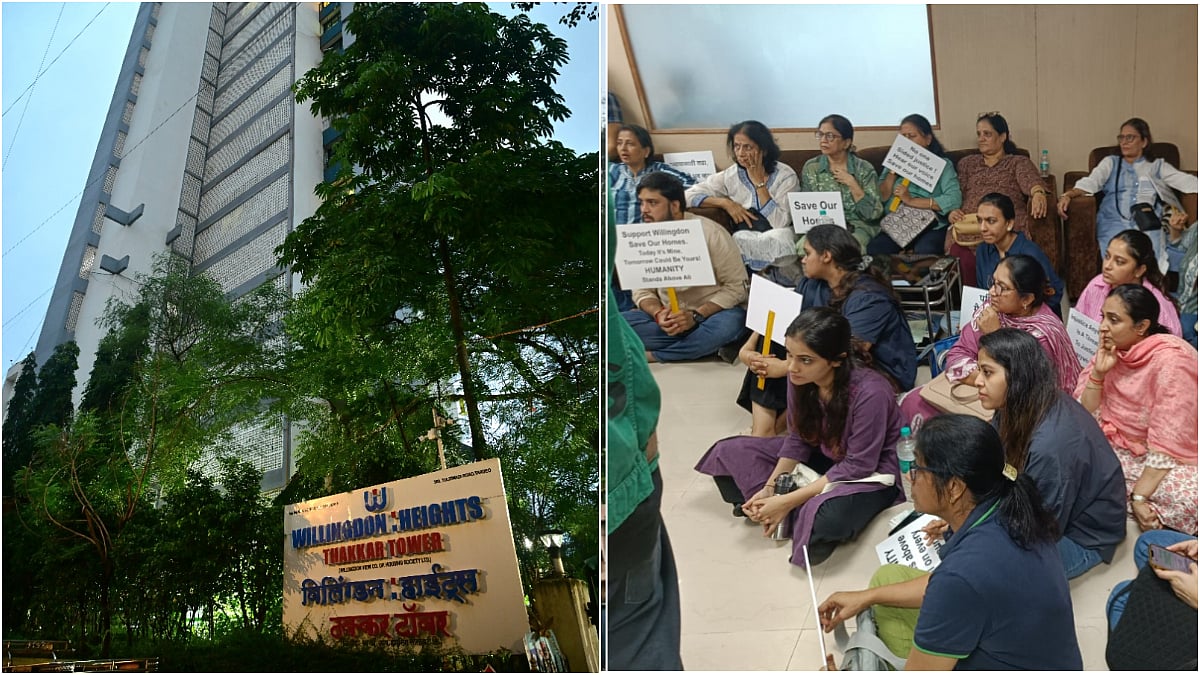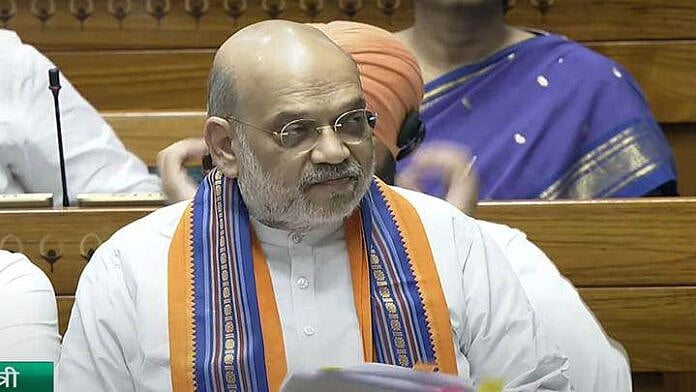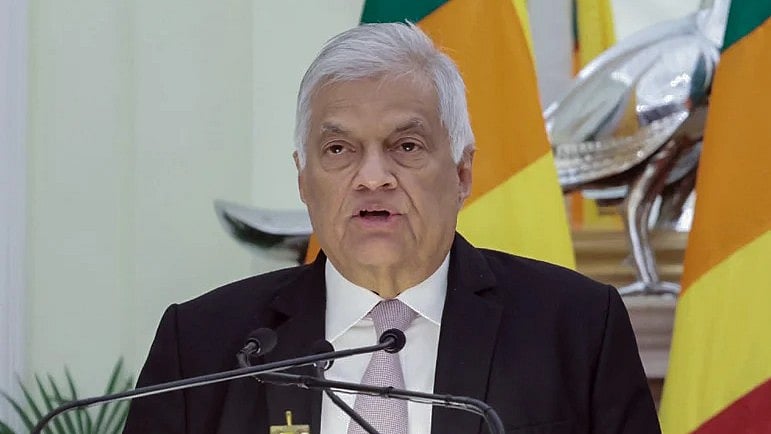In his address to the nation on August 15, Prime Minister Narendra Modi pledged to transform India into a developed country by the centenary of India’s independence in 2047. Several independent economists and those associated with the government have also asserted that India could become a developed nation by 2047. This is a desirable aspiration, but is it feasible? Probably yes, but there are several ifs and buts; many economists are of the view that the road to 2047 is bumpy and the manic obsession with GDP numbers alone is not the right indicator to assess a country’s developed status. This is a fair argument as a narrow index does not point to well-being a nation.
Prime Minister Modi, who also asserted that India will become the third largest economy before the end of his “third terms”, has pointed out that India is uniquely placed to achieve the 2047 dream because of confluence of several positives: population, labour force, demographic and growing number of educated women among others. But realising opportunities presented by the convergence of these positives will need a coherent approach to economic and social reforms to transform the economy and society on several metrics – income, equality, education, healthcare, physical infrastructure, employment, technological development, and access to services among others.
The World Bank classifies countries into four groups, based on gross national income per capita – low income, which is less than $1,050 per annum; lower-middle-income, $1050 to $4,100; upper-middle-income, $4,100 to $12,700 and higher income, per capita income higher than $13,205. The IMF classifies countries in two major groups – Advanced Economies and Emerging Markets and Developing Economies. As per IMF classification, a high-income country is one which has per capita income higher than $21,600. Going by the World Bank classification India is a lower-middle-income country with per capita gross national income of $2,600. The four countries ahead of India in terms of overall GDP – US, China, Japan, and Germany – are also higher income countries in terms of GDP per capita: US ($80.03 thousand), China ($13.72 thousand), Japan ($35.39 thousand) and Germany ($51.38 thousand).
The countries India left behind in overall GDP in the last nine years are also far ahead of India in terms per capita GDP – UK ($46.31 thousand), France ($44.41 thousand), Canada ($36.81 thousand), Russia ($52.72 thousand) and Italy ($9.67 thousand). Currently India, with nominal GDP of $3.7 trillion ranks fifth behind the US ($26.8 trillion), China ($19.3 trillion), Japan ($4.4 trillion) and Germany ($4.2 trillion). We may be a large economy but that is largely because of our large population. India is still a poor country with a ranking of 139 in the league of nations; to become a developed country by 2047, India’s current per capita GDP of $2,600 needs to rise to $22,000, as per IMF classification.
India becoming the third largest economy in GDP terms in the next five years is certainly a cause for cheer but may not for celebration because we will still be far behind the developed countries in per capita GDP terms. To put things in perspective, with lowest per capita income among G20 and BRICS countries, India is the poorest country among BRICS nations and the poorest among the G20. India also has more poor people than any other country in the world. However, it does not mean that India doesn’t have a catch-up potential to grow at a faster rate to become a high-income country over the next 25 years. But there is a need to differentiate between a ‘high income country’ and a ‘developed country’.
There is no unique criterion to define a country as a developed one. But a necessary characteristic of a developed country is high income. By this definition UK and France, the sixth and seventh largest economies respectively, are developed countries. Even Cannada and Russia, the eighth and ninth largest economies, can be called developed nations, while Italy, the tenth largest economy is an upper-middle-income country. But India, the fifth largest economy is a lower-middle-income economy. To attain high income status, our per capita income must grow more than eight times in current US dollars. This means even after overtaking Germany and Japan to become the third largest economy, India would still be in the lower-middle-income category.
Economic growth is a function of several factors: pro-growth government policies, low inflation, lower interest rates, lower unemployment, skill sets of people, investment, rising purchasing power, demand and supply synergy, and improvement in education and healthcare. India’s GDP growth rate has averaged about 5.5% over the past decade and it is expected to accelerate in coming years. To be the third largest economy, India will have to grow at a compounded rate of 8.4% till 2027 in dollar terms, according to Soumya Kanti Ghosh, chief economic adviser at the State Bank of India. This is achievable with a 6.5 to 7% real growth rate, according to estimates by Ghosh.
But where will India be 25 years from now? According to a research article published by the RBI in its July bulletin, India could become a developed country by 2047 with an average annual growth rate of 7.6% over the next 25 years. But this is easily said than done, given that maintaining a consistent growth rate of 7.6% for the next two and half decades is a tall order. Analysis presented in the article shows it is feasible that India could become a developed country by 2047, powered by the growth augmenting impact of policy focus on structural reforms, investments, logistics, and digitisation of the economy, upskilling the labour force, and sectoral policy initiatives covering manufacturing, exports, tourism, education, and health.
Providing an indicative roadmap for enabling India to become a developed country, the article says India must rebalance its economic structure by strengthening its industrial sector so that its share in GDP rises from the current 25.6% to 35% by 2047-48. About agriculture and services, the article says, the two sectors would have to grow at 4.9 and 13% per annum, respectively, with their sectoral shares in GDP at 5% and 60%, respectively in the next 25 years. On the challenges, the article says India’s path to a developed nation would crucially depend on both physical and human capital.
A 7-plus growth is fine, but the path to a developed nation is not mere economic growth. To get the tag of a developed country, we need to focus on addressing many other facets of development – education, healthcare, economic inequality, social and religious conflicts, rule of law, pollution, transport infrastructure, women’s safety, gender justice, women’s labour force participation, employment and economic opportunities to everyone – for all-round development and well-being of society.
The writer is a senior independent Mumbai-based journalist. He tweets at @ali_chougule












